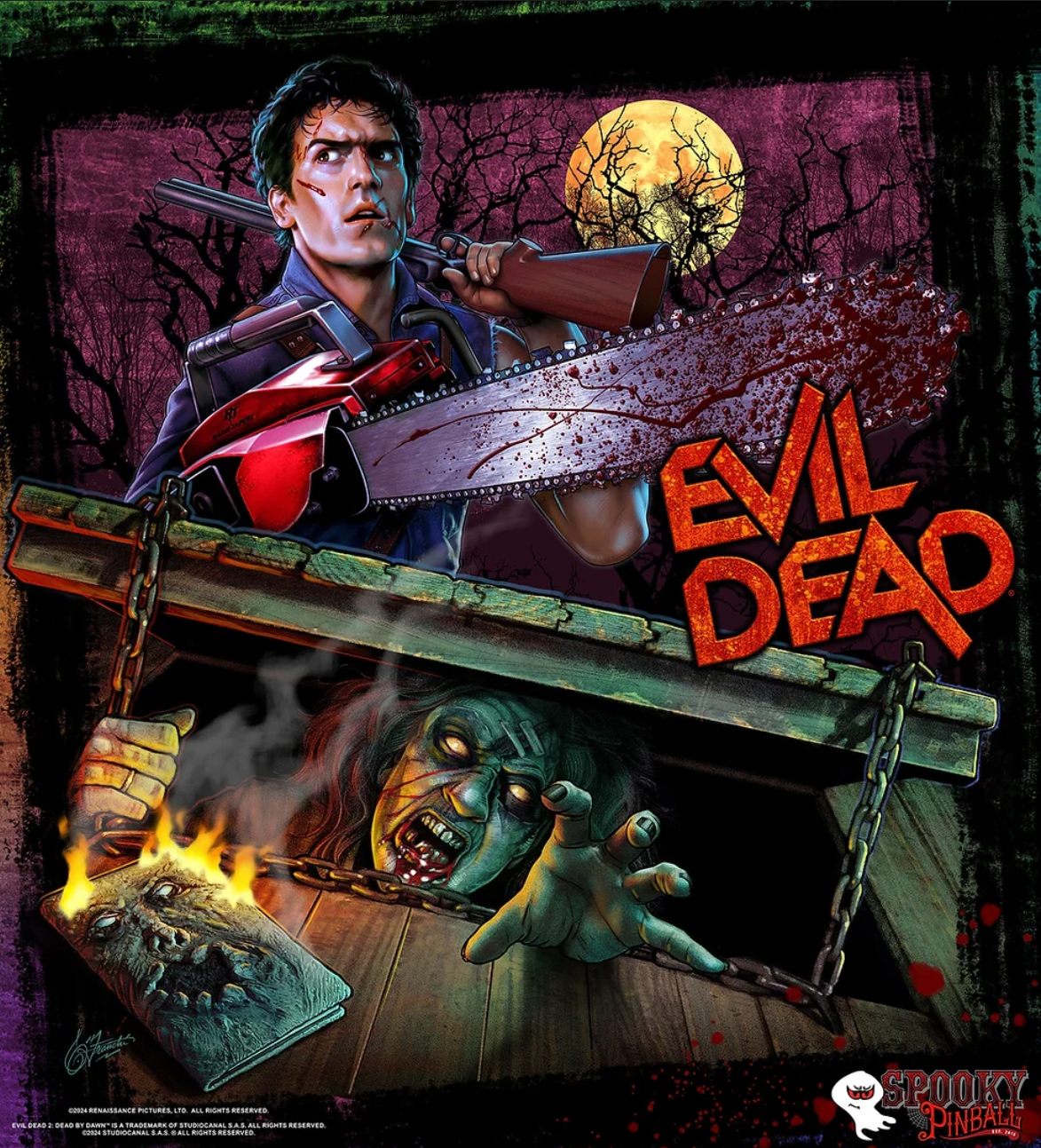"HUNTING MATTHEW NICHOLS" (2024) Takes A Grounded And Uneven Approach To The Found Footage Genre (REVIEW)
Subgenres can sometimes dominate entire decades. Take Slashers for example. During the 1980s and then again in the mid-90s to 00s the Slasher genre was alive and thriving with a seemingly endless amount of films that all featured slight variations on the tried and true formula. The voluminous content that comes from these genre trends has both a positive and negative effect, depending on how much you like said subgenre. What is objectively true is that with higher volumes of content, quality often becomes scarcer. The same can be said of the found footage genre. While it was alive before 1999, it is undeniable the effect that “The Blair Witch Project” had on modern horror, much like “John Carpenter’s Halloween” did in the 80s. Since then, it seems we are seeing more and more found footage movies that also bring with them a wide array of quality. In “Hunting Matthew Nichols” we are presented with a found footage film that presents as a documentary, but does it succeed in convincing modern audiences that what they’re experiencing could be real?
WHAT’S IT ABOUT?
Twenty-three years after her brother vanished, a filmmaker investigates his disappearance. Uncovering evidence, she suspects he may still be alive, fueling her quest to unravel the mystery.
HOW IS IT?
It is tough to pull the wool over horror fan's eyes these days, and with the advancement of technology and all the tomfoolery that comes with it, it is logical to be more skeptical than trusting these days. From AI-generated images to influencers manipulating content it isn’t easy to believe what you see these days, even if what you’re seeing is true. “Hunting Matthew Nichols” is a found footage film that wants you to believe that what you’re watching is real. From the slickly produced interview segments that resemble a Netflix True Crime series to the lack of any sort of opening credits, aesthetically “Hunting Matthew Nichols” is aiming for realism and authenticity. As a found footage film, it is essentially a by-the-numbers take on the faux-documentary with solid performances and a nice sheen of professionalism, which will likely appeal to the subgenres enthusiasts without making converts of naysayers and the attempts to obfuscate that and present this as truth are what hold it back the most.
For the uninitiated horror viewer, “Hunting Matthew Nichols” may do a decent job of convincing you that what you’re watching is another true crime documentary. The setup finds Tara Nichols (Miranda MacDougall) partnering with filmmakers Markian Tarasiuk and Ryan Alexander McDonald (their names both in the film and in real life) to document her journey to discover what happened to her missing brother and his friend. “Hunting Matthew Nichols” treats the film's first act very much like a documentary by providing setup, context, and history around the town and the two missing boys. Once the more meta elements take over, like Markian playing the dual role of actual director and director in the film, the illusion of truth starts to fade quickly, but that’s not necessarily a bad thing. The attempt at authenticity is clearly linked to “The Blair Witch Project” given how that film essentially jumpstarted the modern viral marketing craze of faux-documentary found footage horror. “Hunting Matthew Nichols” even says as much by characterizing the two missing boys as obsessed with the 1999 film and spending their time faithfully recreating it. It’s almost as if Tarasiuk is showing his love for the film through his characters and his approach to the story, and as found footage, it is admirable, despite inheriting the most flagrant problem with modern found footage films.
What made “The Blair Witch Project” work so well was a mixture of time, place, and aesthetics. At the time, the internet as we know it wasn’t nearly as ubiquitous and people in general were far more likely to believe what they saw given that they couldn’t as easily or readily fact check for accuracy. Within that context, the idea of a documentary-style found footage film marketed as real can thrive, because it was hard to corroborate. It also feels like found footage with no editing applied and a camera that has purpose every time it is turned on. In “Hunting Matthew Nichols”, everything is polished, except of course the third act where all things come to a head and it pivots to raw footage and begs the question, if this is supposed to be real then why is part of it edited and part of it not? How did someone come across this footage, and when did they incorporate the edited parts with the handheld footage? “Hunting Matthew Nichols” isn’t the only film that falls victim to this problem that’s endemic to the found footage genre today, where the mere first-person aesthetic is the only allusion to being found footage even if the logic of how this footage came to be doesn’t add up. This critique may not matter to most found footage fans as “Hunting Matthew Nichols” does a good job of holding your attention with captivating performances from the supporting cast and a slick production that is easy on the eyes. That slick production does come with some odd withholding choices as well, like the decision to not show the recovered footage that the police tried to hide from evidence. The film props this footage up, especially as we watch the two filmmakers watch it, but one can’t help but feel cheated by not actually seeing it firsthand, especially since this is a “found footage” movie. It’s the kind of decision that may make or break your experience after an ending that offers up some fascinating and frightening imagery.
LAST RITES
“Hunting Matthew Nichols” is likely to please found footage fans with its glossy production and adherence to the modern playbook of the subgenre, but it also misses an opportunity to reinvent the experience by falling victim to logical missteps and the decision to not show it’s most salacious parts.
THE GORY DETAILS
Directed By
Written By
Starring
Where can you watch it?
“Hunting Matthew Nichols” is currently showing at select film festivals and a wider release is TBD.
Stay up to date with “The Dark Side Of Pop Culture” by following Macabre Daily on Instagram, Facebook, and Twitter.















